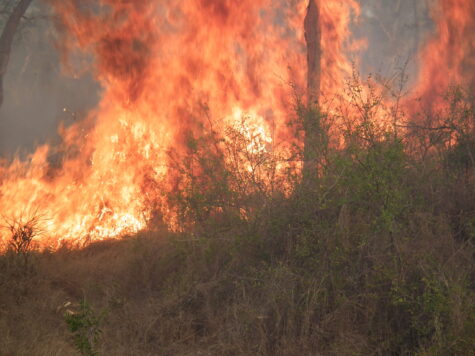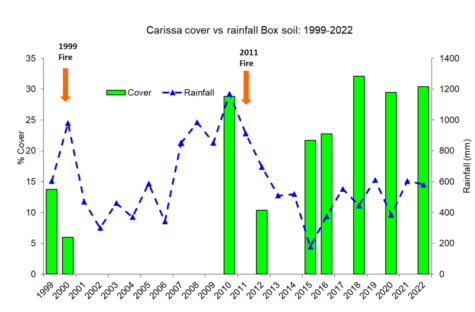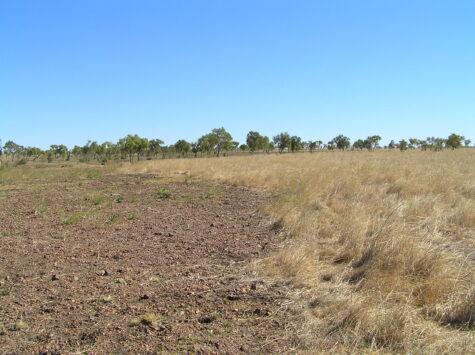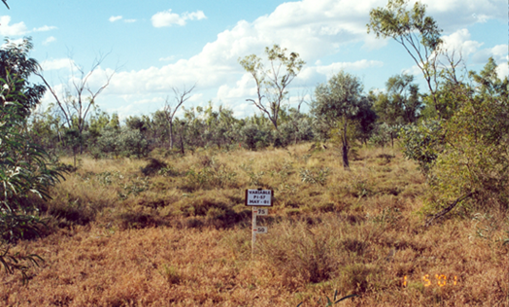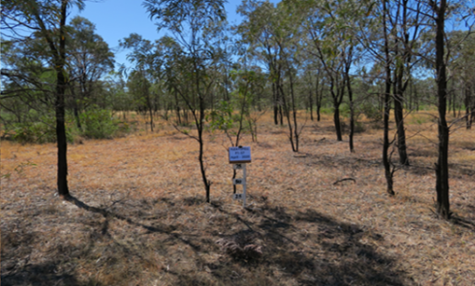Why use fire?
Woodland thickening is widespread throughout Queensland due to the reduced use of fire. Declining pasture condition has also reduced grass competition, allowing trees to grow faster and thicker.
Before European settlement, Aboriginal people routinely burnt to ‘open up country’. Later, graziers used fire to remove dead grass and improve feed quality.
Over the last few decades the use of fire has drastically declined, with the introduction of urea supplements allowing older, low-quality forage to be utilised. Without occasional fire, trees thicken up, reducing pasture production directly through competition.
Burning is an important tool to maintain the tree:grass balance, suppress woody plants and reduce wildfire hazard. It can also be used to reduce patch grazing and encourage more even paddock utilisation. Fire can also be a hazard reduction tool to reduce the severity or likelihood of wildfires.
Used correctly, fire can help improve pasture composition. Some 3P species, especially black speargrass (Heteropogon contortus) and kangaroo grass (Themeda triandra), are favoured by fire. In contrast, desert bluegrass (Bothriochloa ewartiana) appears to be neutral in response to fire whilst some wiregrasses (Aristida) are clearly set back. The introduced legume Stylosanthes is killed by fire but recovers quickly from soil seed banks.
3P grasses are those which are perennial, productive and palatable
Fire, combined with wet season spelling, can thus be used to manage stylo dominance in grass: stylo paddocks.
